Autumn-Calving cow: Correct management of the cow during the last six to eight weeks prior to calving can often have a greater effect on calving ease than the breed of the sire. Even when served to an easy-calving traditional breed, if cows are overfat there can still be problematic calvings. This is due to the fact that these cows tend to lay down fat around the birth canal, therefore reducing the available space for the calf to pass through during calving.
On average, cows tend to be between 0.5 and one condition score above last year – mainly a reflection of the good grazing conditions over the past few months. Overfat cows are also more likely to suffer from milk fever and metabolic diseases, such as ketosis or fatty liver disease either during or after calving, both of which can prove fatal.
To avoid running into these problems, you should ensure that cows are fit and not fat prior to calving and should be targeting an average body condition score (BCS) of 2.5 to three. Cows with a BCS in excess of 3.5 should be fed a below-maintenance diet. Feed, however, should be reduced gradually and at least eight weeks before calving. Sudden starvation of fat cows in the run-up to calving can lead to the onset of the metabolic disease mentioned.
Cows that are weaned at a BCS of 2.5 to three should be fed a maintenance diet. Don’t forget to introduce a good dry cow mineral for the last eight weeks of pregnancy. Closing cows onto bare paddocks and offering them only hay and minerals has worked well in maintaining BCS and reducing calving difficulties on many farms. Placing the hay/straw at the opposite end of the field to the water trough will force cows to walk more.
Nitrogen and grass growth: Nitrogen should be applied to try to maintain strong growth rates into September. The earlier you apply, the better the response. Therefore, aim to spread 15 to 30 units per acre over the grazing block before the end of August. Farms that fail to build covers over the next four to six weeks will be rolling out the round feeder in late September. This will increase costs and reduce performance.
There is variation around the country as regards grass growth. Some regions are badly in need of rain. Moisture deficits on these farms will seriously hinder their efforts to build grass supplies for the coming months. Until rain arrives, priority stock should be grazed on the higher-quality swards. Supplementation at grass by offering hay or silage may be necessary for sucklers. If possible, you should look to start creep-grazing calves. This will allow you to start tightening up the cows and slow down the rotation. It will also weaken the bond between the cow and the calf in advance of weaning.
Reseeding: For those who continue to have good grass growth and are planning to reseed, the reseeding window is coming to a close. This is especially where the plan is to include high levels of clover into the sward. Incorporating clover after mid-August increases the risk of failure as the seedlings are poorly established and are likely to be killed by the winter frosts.
Autumn-Calving cow: Correct management of the cow during the last six to eight weeks prior to calving can often have a greater effect on calving ease than the breed of the sire. Even when served to an easy-calving traditional breed, if cows are overfat there can still be problematic calvings. This is due to the fact that these cows tend to lay down fat around the birth canal, therefore reducing the available space for the calf to pass through during calving.
On average, cows tend to be between 0.5 and one condition score above last year – mainly a reflection of the good grazing conditions over the past few months. Overfat cows are also more likely to suffer from milk fever and metabolic diseases, such as ketosis or fatty liver disease either during or after calving, both of which can prove fatal.
To avoid running into these problems, you should ensure that cows are fit and not fat prior to calving and should be targeting an average body condition score (BCS) of 2.5 to three. Cows with a BCS in excess of 3.5 should be fed a below-maintenance diet. Feed, however, should be reduced gradually and at least eight weeks before calving. Sudden starvation of fat cows in the run-up to calving can lead to the onset of the metabolic disease mentioned.
Cows that are weaned at a BCS of 2.5 to three should be fed a maintenance diet. Don’t forget to introduce a good dry cow mineral for the last eight weeks of pregnancy. Closing cows onto bare paddocks and offering them only hay and minerals has worked well in maintaining BCS and reducing calving difficulties on many farms. Placing the hay/straw at the opposite end of the field to the water trough will force cows to walk more.
Nitrogen and grass growth: Nitrogen should be applied to try to maintain strong growth rates into September. The earlier you apply, the better the response. Therefore, aim to spread 15 to 30 units per acre over the grazing block before the end of August. Farms that fail to build covers over the next four to six weeks will be rolling out the round feeder in late September. This will increase costs and reduce performance.
There is variation around the country as regards grass growth. Some regions are badly in need of rain. Moisture deficits on these farms will seriously hinder their efforts to build grass supplies for the coming months. Until rain arrives, priority stock should be grazed on the higher-quality swards. Supplementation at grass by offering hay or silage may be necessary for sucklers. If possible, you should look to start creep-grazing calves. This will allow you to start tightening up the cows and slow down the rotation. It will also weaken the bond between the cow and the calf in advance of weaning.
Reseeding: For those who continue to have good grass growth and are planning to reseed, the reseeding window is coming to a close. This is especially where the plan is to include high levels of clover into the sward. Incorporating clover after mid-August increases the risk of failure as the seedlings are poorly established and are likely to be killed by the winter frosts.




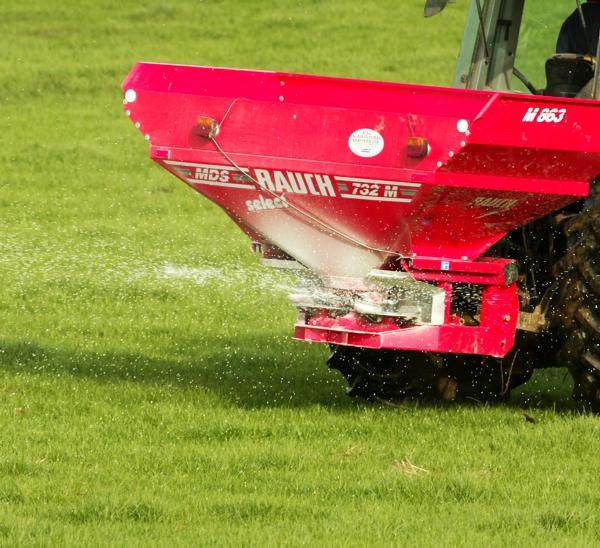
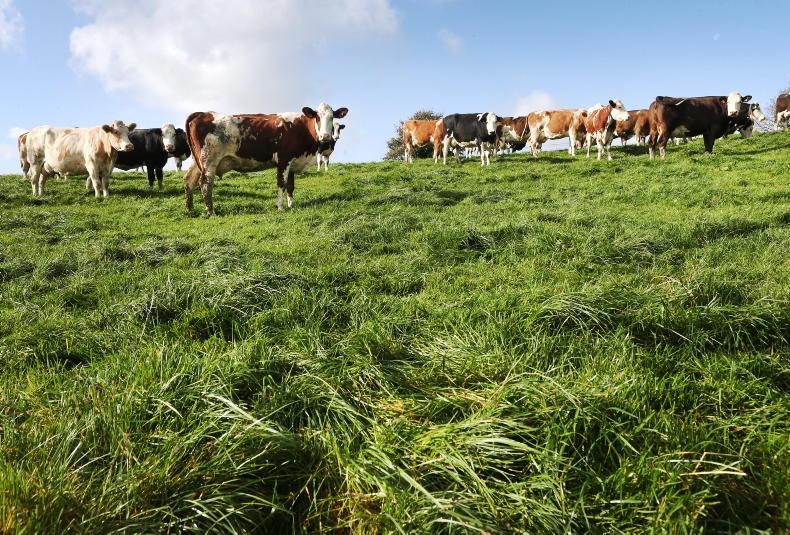

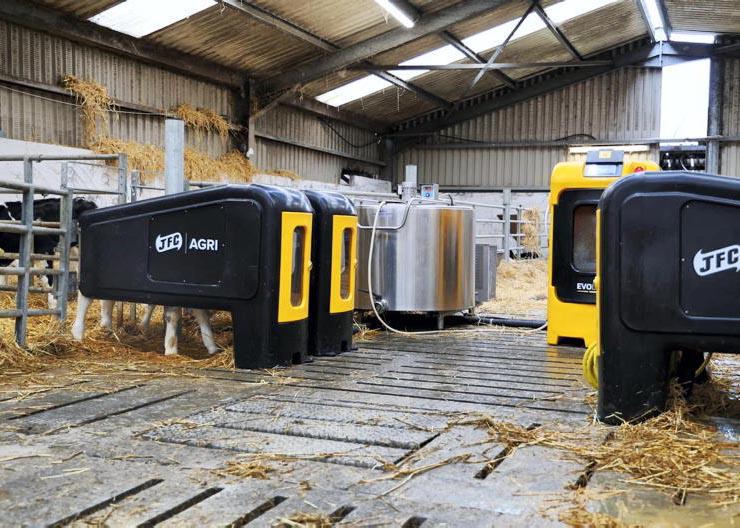
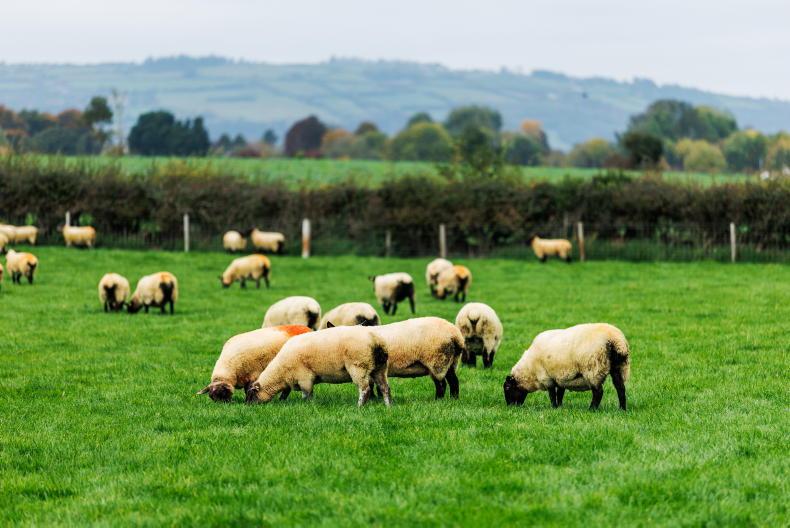
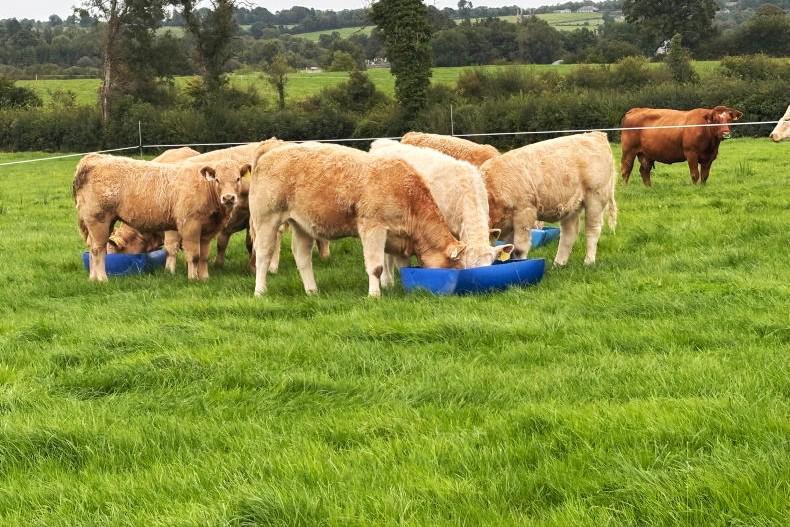
SHARING OPTIONS